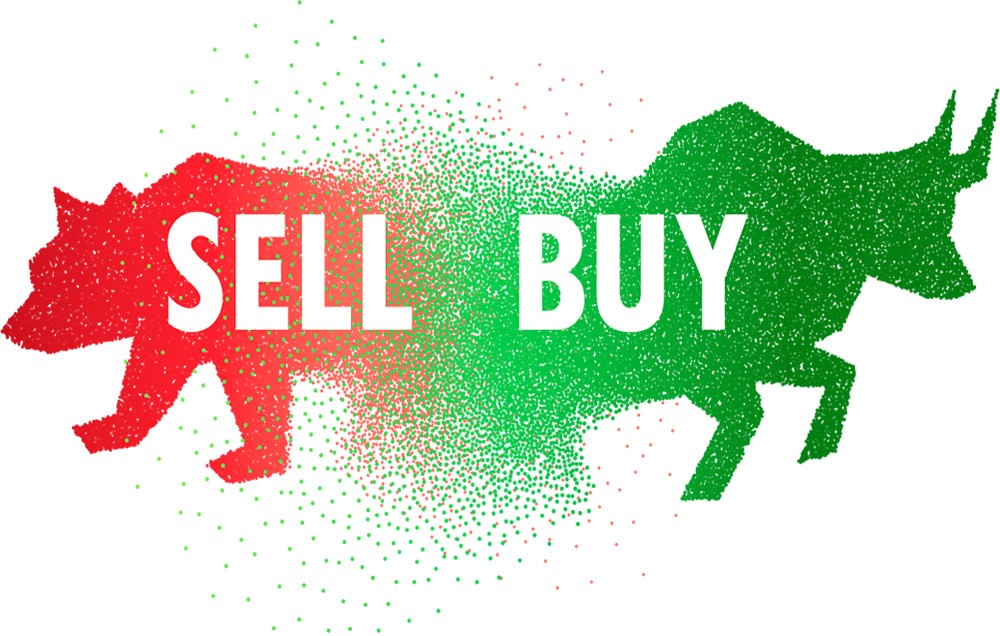Why regime detection matters
Traditional buy-and-hold assumes a single distribution of returns. Reality disagrees. Markets often oscillate between risk-on and risk-off regimes—bullish trends with tight credit and rising breadth versus defensive phases dominated by dispersion, volatility spikes, and safe-haven flows.
At ETS, our platform monitors cross-asset relationships and macro-micro drivers so that signals don’t rely on one indicator that can fail. Instead, we use an ensemble.
The ETS AI signal stack
We combine supervised learning, unsupervised clustering, and rule-based “guardrails.” Below is a simplified view of what powers our regime labeling:
No single model is “the truth.” The edge is in combining weak learners + robust features and then enforcing risk rules that respect uncertainty.
Risk & drawdown controls
Signals are only as good as the risk framework around them. ETS implements conservative guardrails:
- Dynamic exposure: position sizing scales with bull-probability and realized volatility.
- Cross-hedges: equity beta hedged via index futures or long-vol overlays when bear-probability exceeds thresholds.
- Kill-switch: hard stops on portfolio drawdown and volatility shocks (gap-risk aware).
- Liquidity budget: cap turnover to avoid slippage during stress regimes.
Chart: Breadth vs. Volatility (illustrative)
Tip: Press S to jump to the “Signal Heatmap” below.
Signal Heatmap (composite probabilities)
Case study snapshot (illustrative)
In a recent tightening phase, our composite bear-probability crossed 65% as credit spreads widened and volatility term structure inverted. The system cut equity exposure, increased duration-neutral hedges, and introduced a tactical long-vol sleeve.
- Peak-to-trough drawdown reduced by ~28% versus passive beta (illustrative).
- Re-risking began after breadth thrust + carry improvement reconfirmed a bull-probability > 55%.
How investors use this on ETS
- Signal dashboard: view bull/bear probabilities, regime labels, and cross-asset confirmations in one panel.
- Auto-allocation: let ETS adjust risk-on/off weights within your selected plan bounds.
- Custom hedging: add volatility or duration hedges that auto-toggle on signal thresholds.
- Alerts: get notified on regime crossovers or probability surges.
FAQs
Is this market timing?
No. It’s regime-aware risk management. The aim is to lean with the wind, not to pick exact tops or bottoms.
Does AI replace human oversight?
AI augments process. Human risk controls, compliance, and scenario reviews remain in the loop at ETS.
What if signals conflict?
Ensemble weighting and risk caps reduce contradictory whipsaws. When uncertainty is high, exposure scales down.
This article is for educational purposes only and does not constitute investment advice. Investing involves risk, including loss of principal. Past performance is not indicative of future results.

